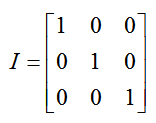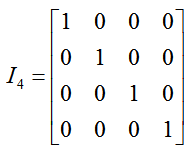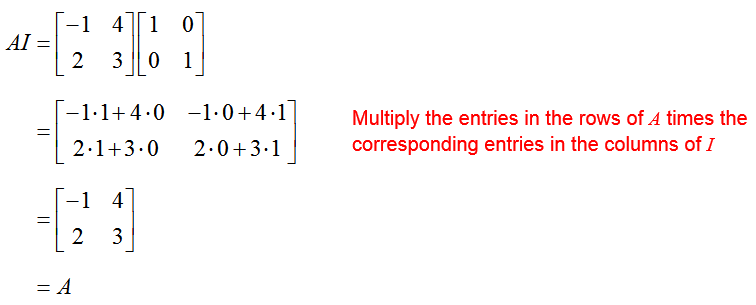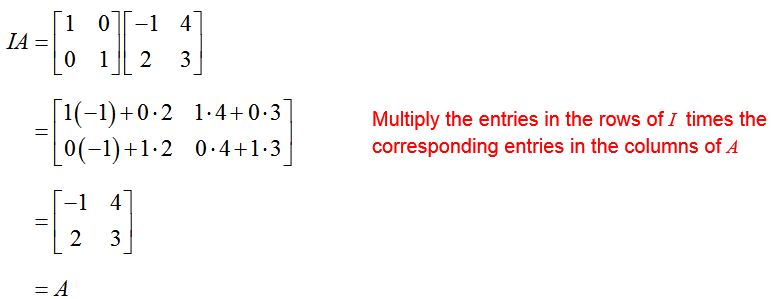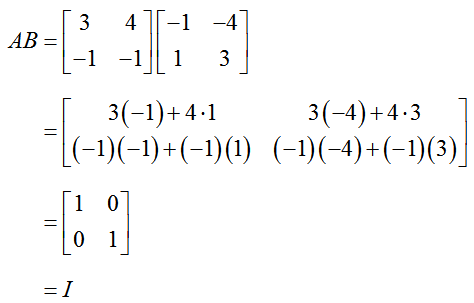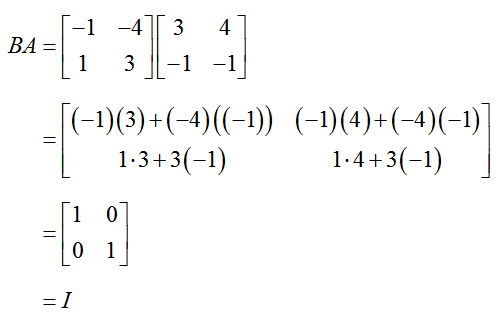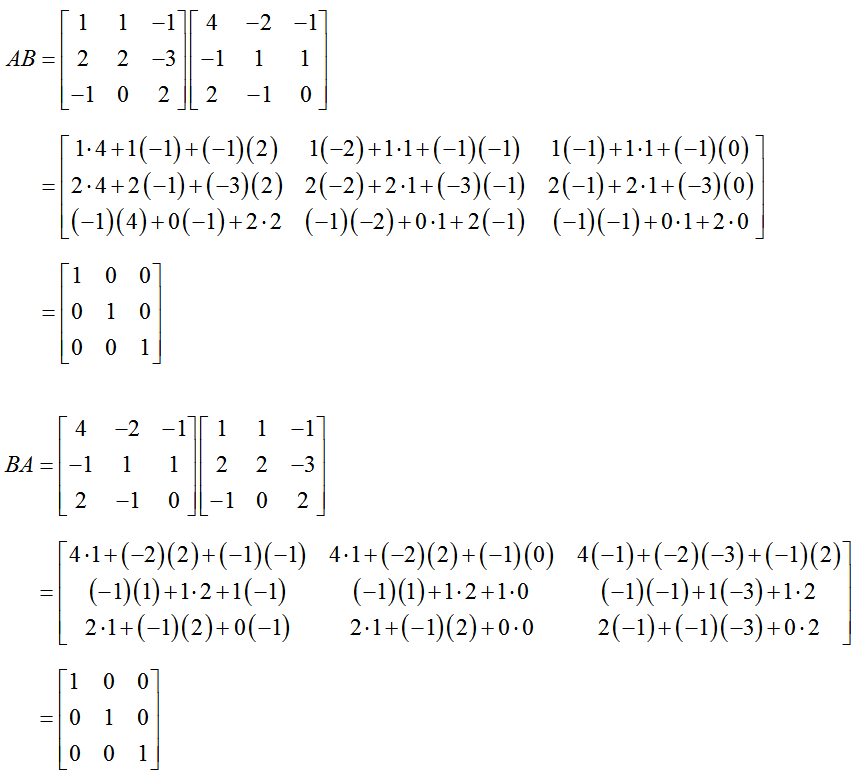What is a matrix inverse?
There are several matrices that are frequently used in mathematics. The identity matrix and the inverse matrix are two matrices that are related to each other. Each of these matrices is a square matrix meaning that they have the same number of rows as columns.
When referring to an identity matrix, we typically include the size unless the size is obvious from the context. For example, the matrix
is a 2 x 2 identity matrix.
The matrix
is a 3 x 3 identity matrix. If the size of the identity matrix is not clear from the context, a subscript is often used to indicate the size. For instance, a 4 x 4 identity matrix would be called I4 and written
If an arbitrary square matrix is multiplied by an identity matrix and the multiplication is defined, the product is the arbitrary square matrix. The identity matrix identifies the matrix being multiplied.
We can write this symbolically for an arbitrary matrix A,
AI = IA = A
as long as the products can be carried out. To ensure the multiplication is defined, the identity matrix used must have the same size as the square matrix being multiplied.
Example 1 Multiply by an Identity Matrix
For the matrix
show that AI = IA = A.
Solution Start by multiplying the 2 x 2 matrix A by the 2 x 2 matrix I. Since the number of columns in A is 2, the number of rows in I must also be 2. In this case we can carry out this matrix multiplication and the result is a 2 x 2 matrix equal to A.
We can also compute in a similar manner:
Two square matrices that are inverses share a special property. The product of inverse square matrices is the identity matrix I with the same size.
Two square matrices A and B are called inverses if and only if their product is the identity matrix,
AB = BA = I
The matrix B is called the inverse of A and is written A-1.
Invertible matrices are matrices for which an inverse may be found. We make this distinction because some square matrices do not have inverses. Matrices that do not have inverses are called singular matrices.
In the next two examples, we determine if two matrices are inverses of each other by carrying out the products and to see if they are both equal to the identity matrix.
Example 2 Are Two Matrices Inverses?
If 

Solution For two matrices to be inverses, AB = BA = I. Let’s compute each product to see if they are equal to the identity matrix.
This product is equal to the 2 x 2 identity matrix. Let’s look the other product.
Both products are equal to the 2 x 2 identity matrix so the matrices A and B are inverses. We emphasize this fact by saying
Example 3 Are Two Matrices Inverses?
If 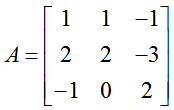
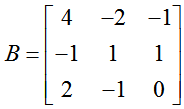
Solution Compute the products AB and BA to determine if they are equal to the identity matrix. In both cases, the product of two 3 x 3 matrices is another 3 x 3 matrix.
Both products are equal to the 3 x 3 identity matrix. so


